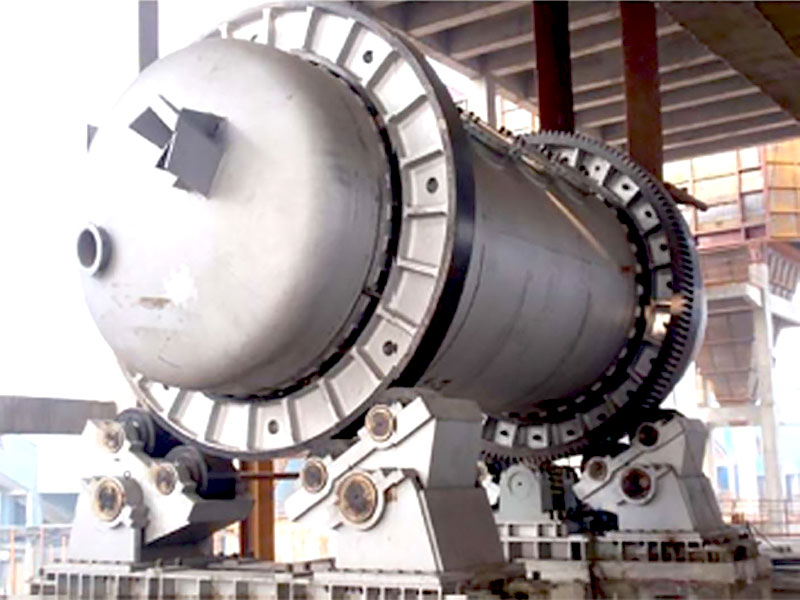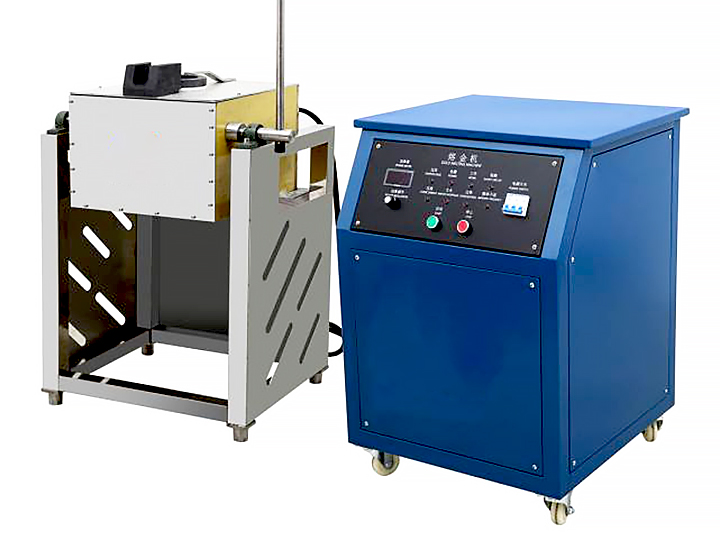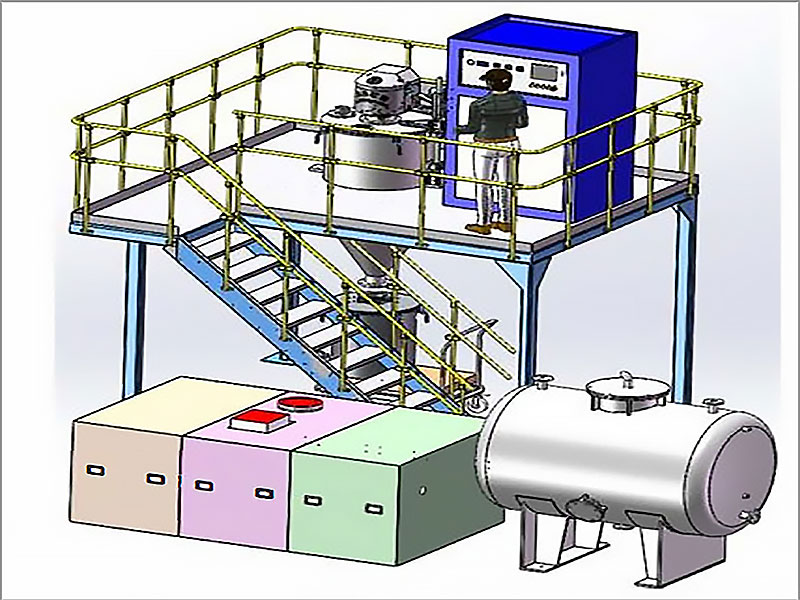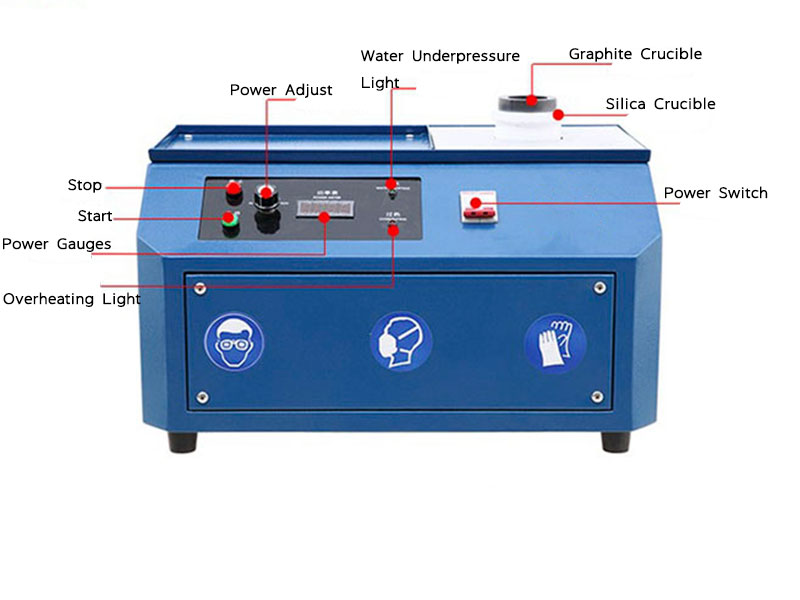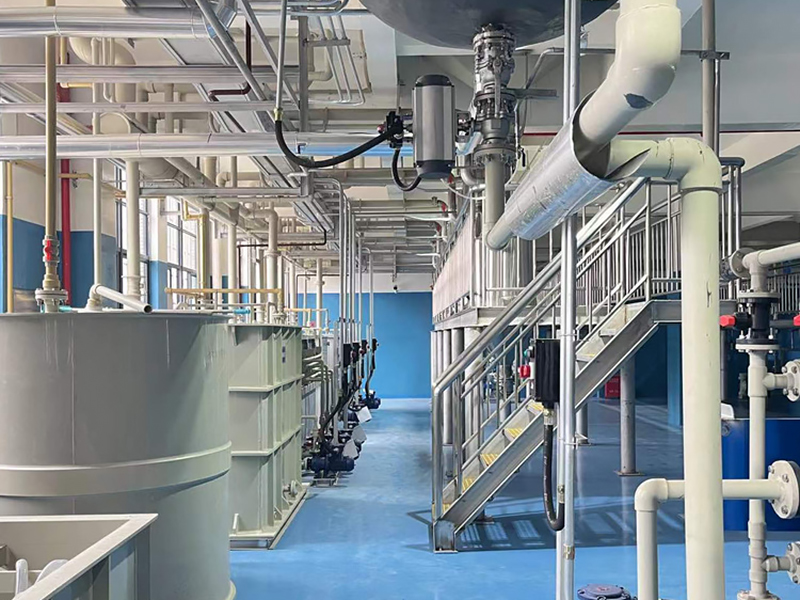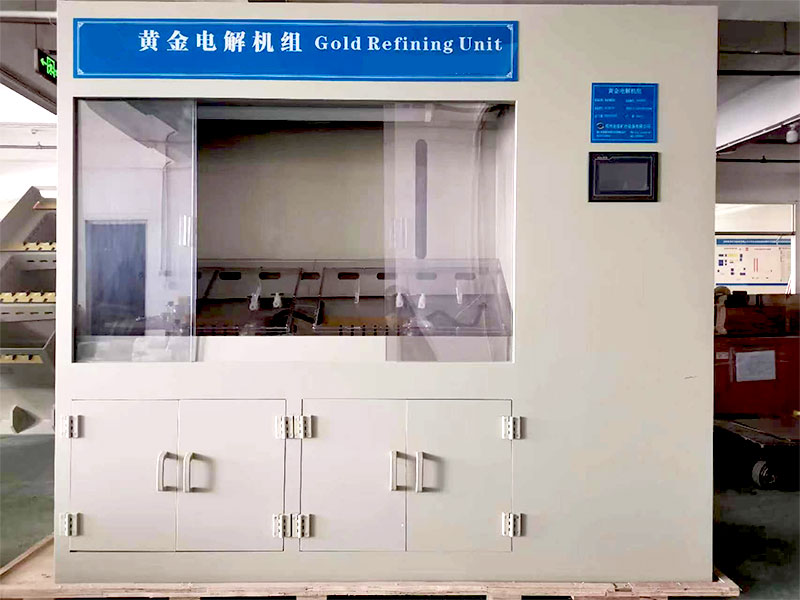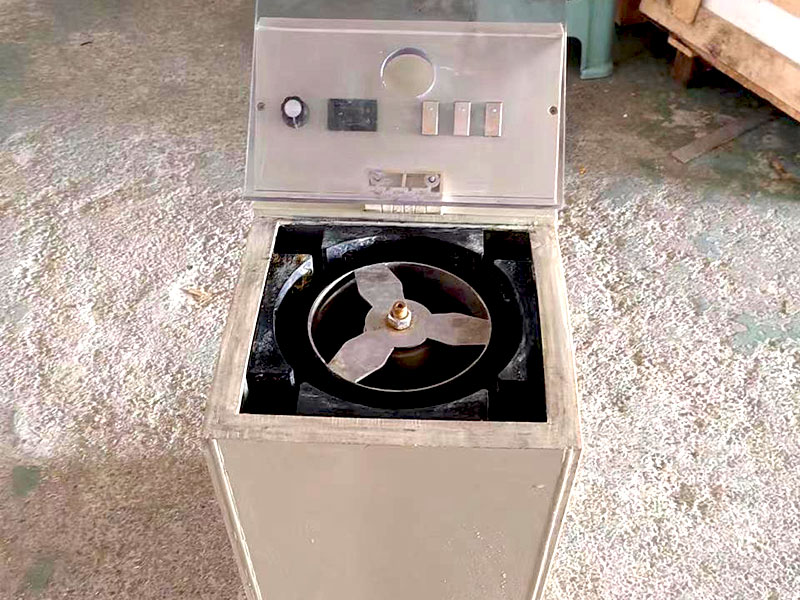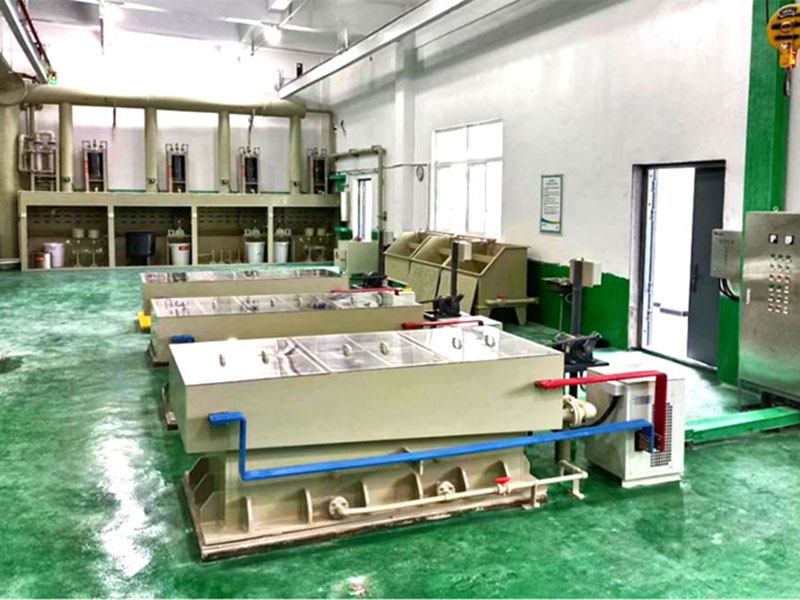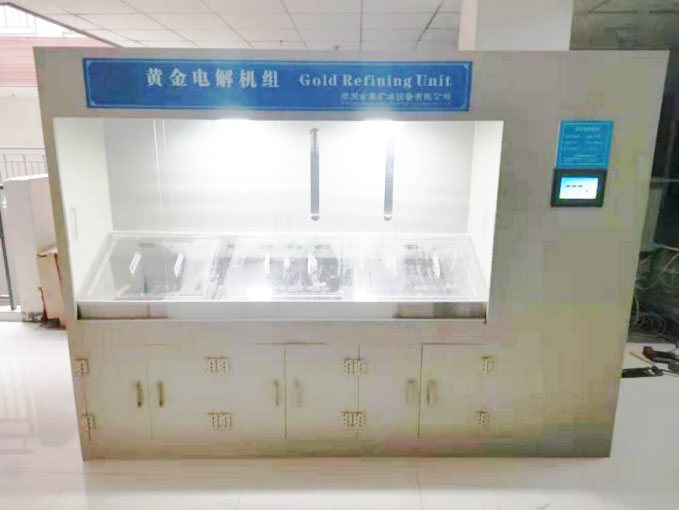what is the process of refining silver
What Is the Process of Refining Silver?
Silver refining is a complex but crucial process that transforms raw silver ore into pure, usable metal. Whether it’s sourced from mines or recycled from industrial products, silver needs to undergo several refining steps to remove impurities and achieve the desired purity. If you’re wondering what is the process of refining silver, this article will explore the stages involved, from initial extraction to final purification.
Why Is Silver Refining Important?
Before delving into what is the process of refining silver, it’s essential to understand the importance of refining. Raw silver is rarely pure when extracted. It often contains other metals, minerals, and impurities that reduce its usability in applications like electronics, jewelry, or even photography. Refining removes these contaminants, producing silver of varying purities, including near-perfect levels that are essential for certain industries.

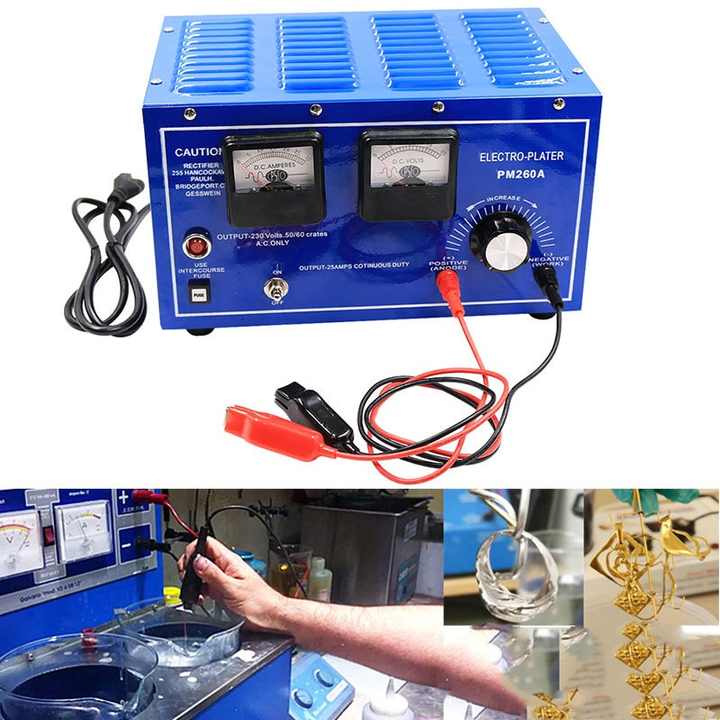
Key Steps in the Process of Refining Silver
1. Mining and Silver Extraction
The first step in understanding what is the process of refining silver is the extraction phase. Silver is typically mined from ore deposits found deep underground. The ore often contains other metals like copper, lead, or zinc, requiring an extensive extraction process. The raw silver ore is brought to the surface, where it is prepared for further refinement.
2. Concentrating the Ore
Once the silver is mined, the ore must be concentrated. This involves crushing the ore into fine particles and separating the silver from other elements. One common technique is flotation, where chemicals are added to the slurry of crushed ore. These chemicals cause the silver to float to the surface, where it is skimmed off for further processing. This step is crucial for isolating the silver-rich portions of the ore from other waste materials.
3. Smelting the Silver Ore
The next significant step in what is the process of refining silver is smelting. Smelting is the high-temperature melting of silver ore to separate the metal from impurities. The ore is placed in a furnace, along with a flux—an agent that helps bind impurities, making them easier to remove. As the temperature rises, the flux causes the impurities to rise to the top of the molten silver, where they can be skimmed off. The remaining molten silver sinks to the bottom of the furnace and is collected.
4. Cupellation: The Purification Process
After smelting, the silver is still not entirely pure. It contains trace amounts of other metals like lead, which need to be removed. This is where cupellation comes in. Cupellation is a refining process that involves heating the silver in a special furnace at extremely high temperatures. During this process, the remaining impurities are oxidized and absorbed into a porous ceramic container known as a cupel. Once the lead and other metals are absorbed, what remains is purified silver.
5. Electrolytic Refining for High Purity
For silver that requires exceptionally high purity, electrolytic refining is often the final stage in the process of refining silver. In this method, the silver is placed in an electrolyte solution and an electric current is passed through it. This causes the silver ions to migrate toward a cathode, where they are deposited as pure silver. Impurities either remain in the solution or fall to the bottom of the electrolytic cell as sludge. Electrolytic refining can achieve purity levels of 99.9%, which is often required for industries like electronics or fine jewelry.
The Role of Chemical Refining
A chemical refining method can also be employed, particularly when processing recycled silver. In this process, silver is dissolved in nitric acid, which forms a solution of silver nitrate. To extract the pure silver, a reducing agent like copper is introduced, which causes the silver to precipitate out of the solution. The silver is then collected and melted down, resulting in a purer product.
Modern Innovations in Silver Refining
Over time, advancements in refining technology have streamlined the process of refining silver. New methods, such as the use of environmentally friendly chemicals and automated machinery, have made the process more efficient and less damaging to the environment. For instance, modern filtration systems capture pollutants, and advanced smelting technologies minimize energy usage. These innovations allow for a more sustainable approach to refining, particularly important given the increasing demand for recycled silver in various industries.
Environmental Considerations in Silver Refining
While refining silver is necessary for creating a pure product, it does come with environmental concerns. Smelting and cupellation, in particular, can produce hazardous byproducts, including lead fumes and other pollutants. To mitigate these effects, modern silver refineries are implementing more stringent environmental controls. For instance, waste materials are now often treated or recycled to reduce their environmental impact.
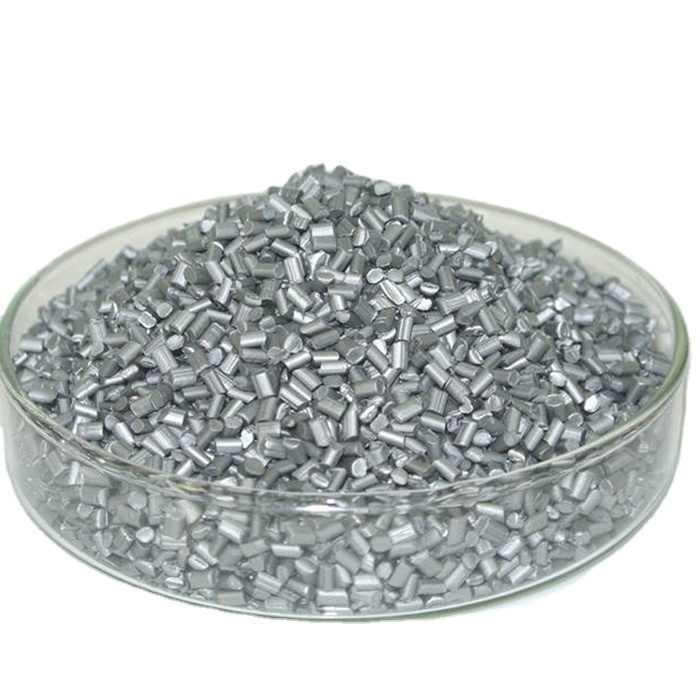
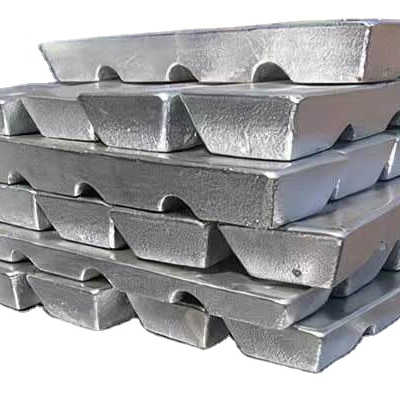
Applications of Refined Silver
After understanding what is the process of refining silver, it’s worth looking at where this pure silver is used. The most common applications include:
- Jewelry: Silver is highly valued for its beauty and malleability, making it a popular choice for fine jewelry.
- Electronics: Silver’s excellent conductivity makes it essential for manufacturing electrical contacts, conductors, and even batteries.
- Investment: Silver bullion and coins are a popular form of investment, particularly during economic uncertainty.
- Medical Devices: Silver’s antimicrobial properties make it useful in the production of medical instruments and devices.
Challenges in Refining Silver
Despite modern advancements, the process of refining silver still faces several challenges. One of the biggest issues is the removal of other precious metals like gold or platinum, which may be present in the ore. Additionally, achieving extremely high levels of purity can be time-consuming and costly, requiring specialized equipment and techniques. However, as demand for high-purity silver continues to grow, refining technologies will likely continue to evolve.
So, what is the process of refining silver? It involves multiple steps that transform raw ore into highly pure silver, ready for various applications. From mining and concentration to smelting, cupellation, and electrolytic refining, each stage plays a crucial role in ensuring the purity and quality of the silver produced. Despite challenges, modern innovations have made the process more efficient and environmentally friendly, ensuring that the world’s silver supply remains both abundant and sustainable.

